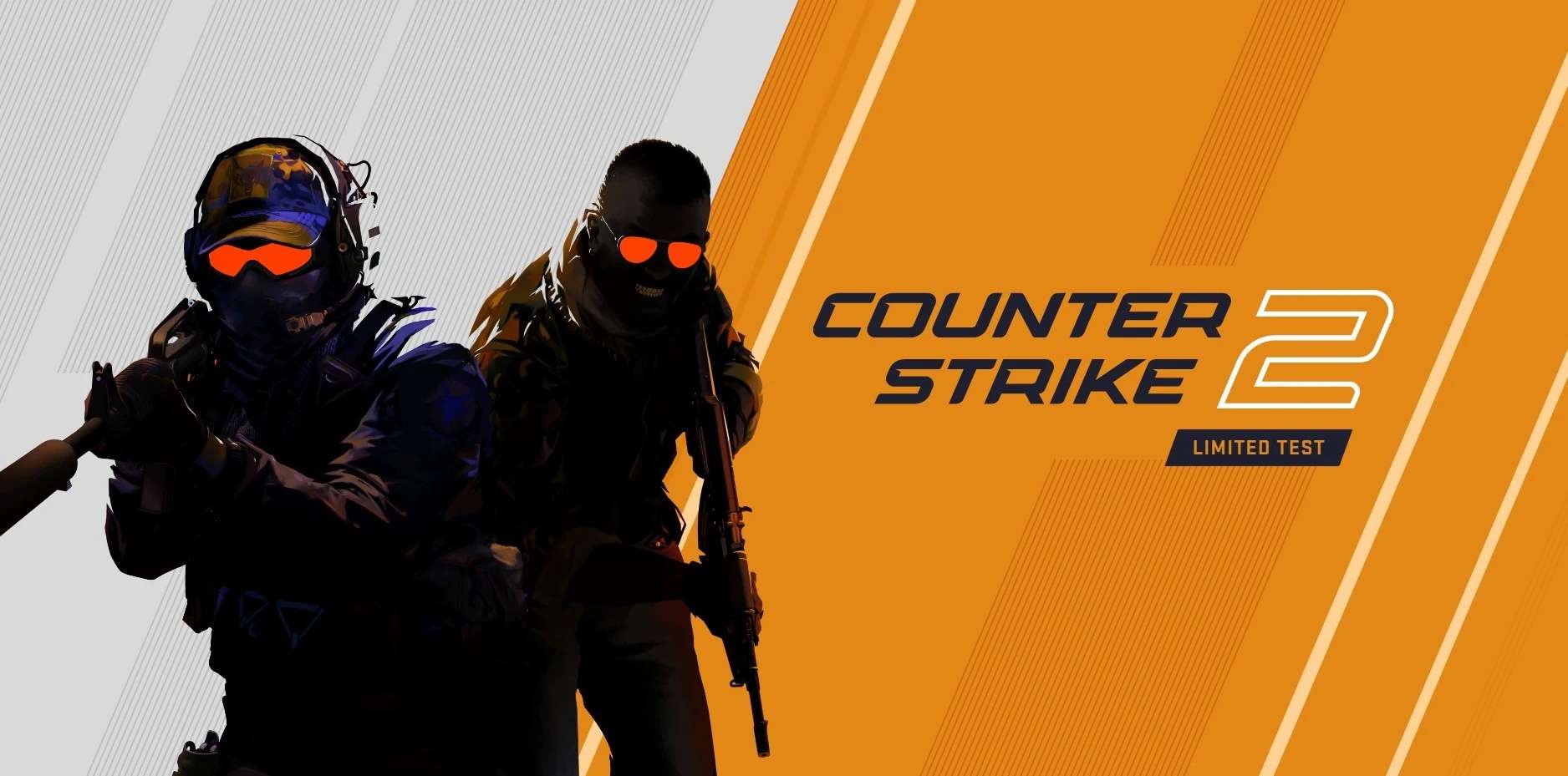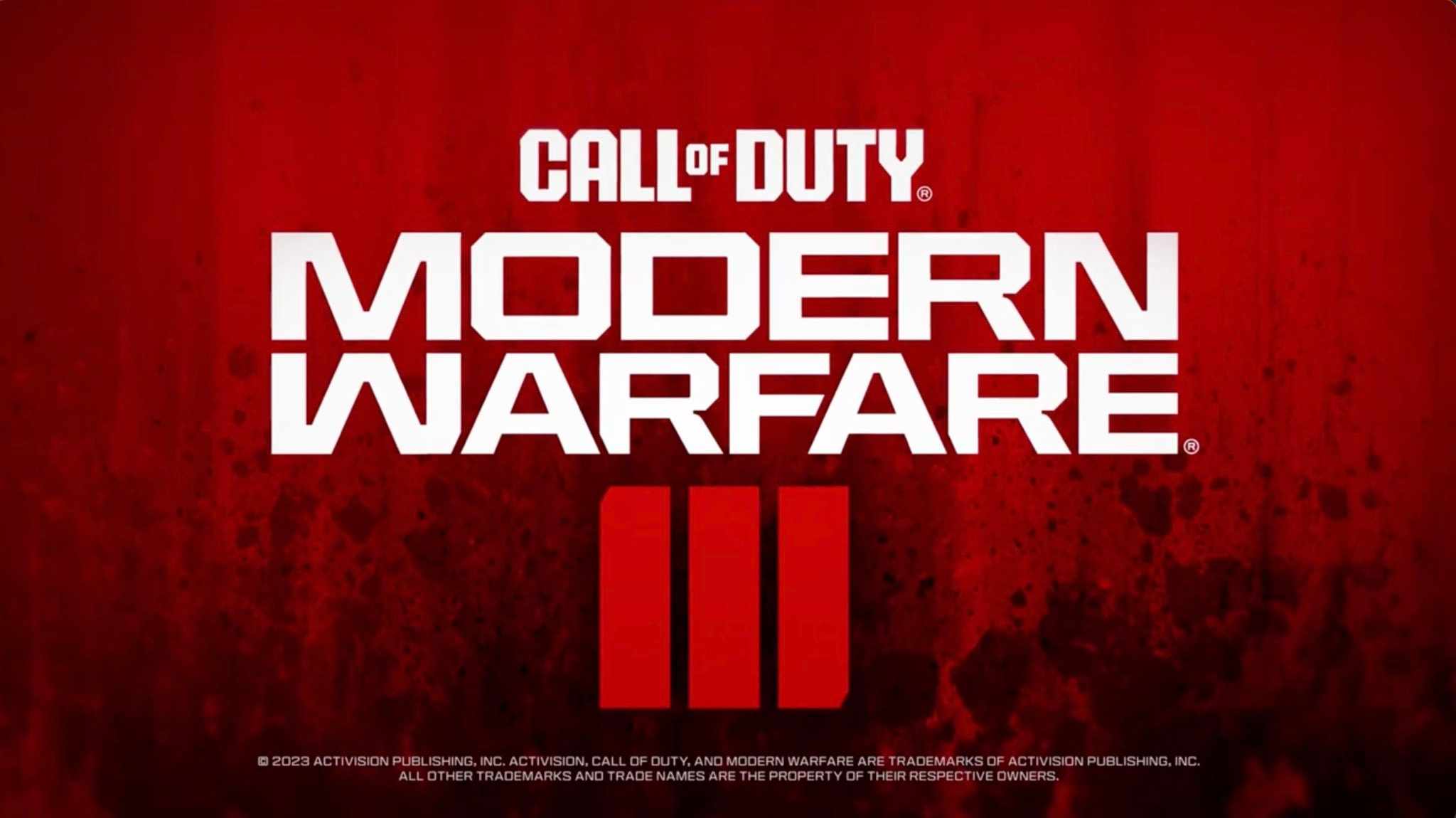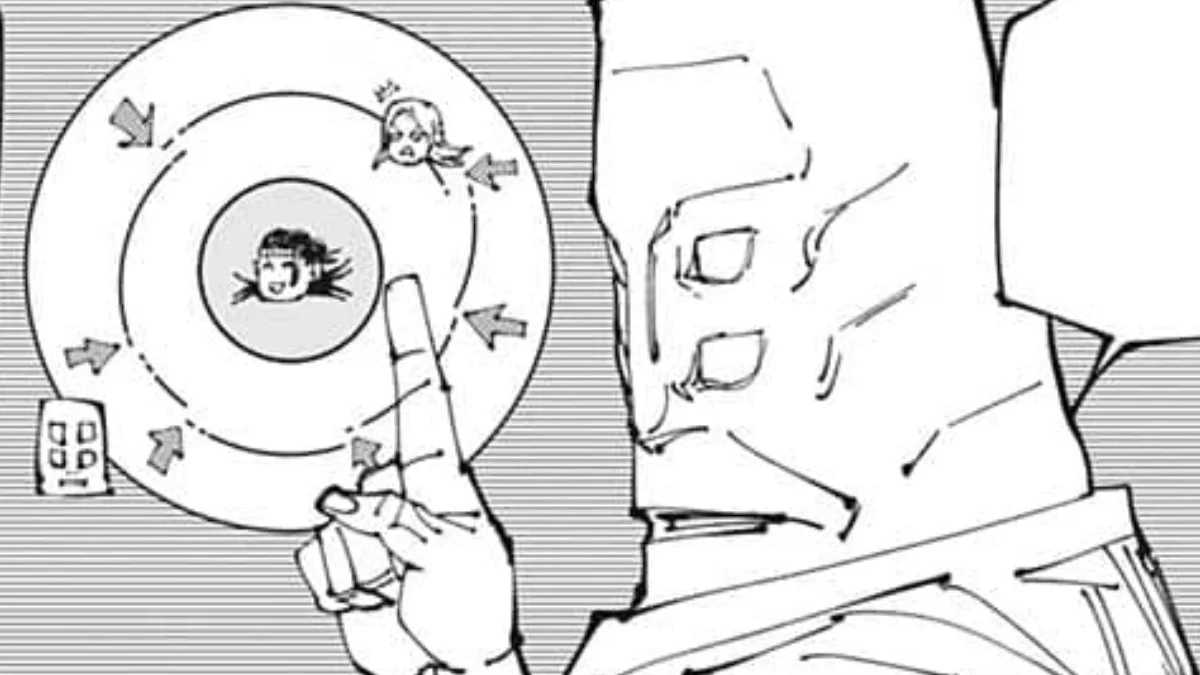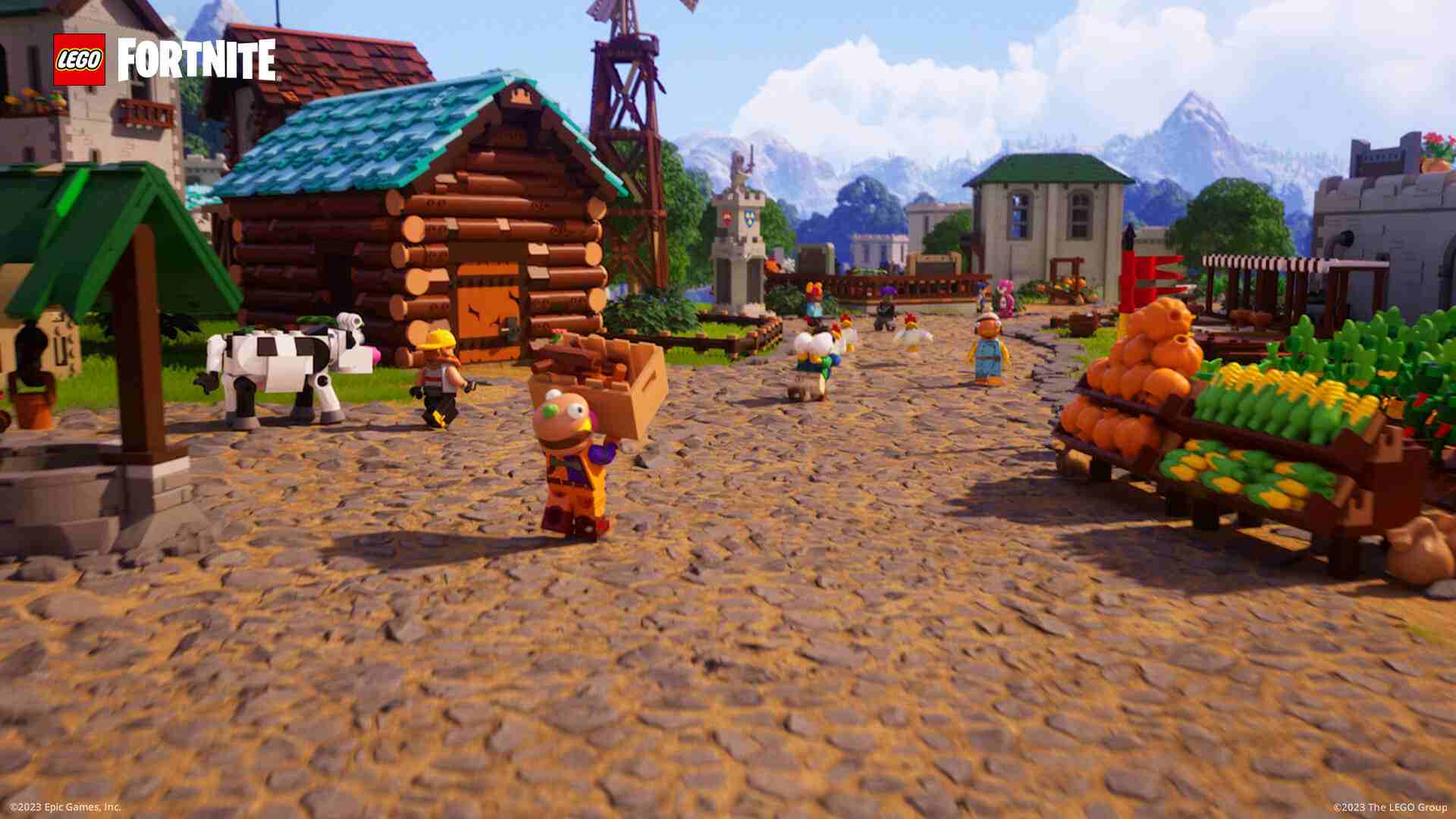How To Understand CS Rating? All You Need To Know
Counter-Strike, a beloved first-person shooter game, has undergone significant changes in recent years, including the introduction of a new ranking system called CS Rating. If you’re a CS: GO enthusiast or a newcomer to the Counter-Strike world, understanding the CS Rating is essential to gauge your performance accurately. In this article, we’ll dive into the details of this innovative rating system, explaining what it is, how it works, and why it matters.
The Evolution of the CS Rating
CS Rating, also known as CS: GO Rating, made its debut as part of Counter-Strike 2 (CS2). It’s a substantial departure from the previous ranking system in CS: GO, introducing a more comprehensive and informative approach to assessing a player’s skill and performance. Unlike the vague ranks of the past, the CS Rating assigns a precise numeric value to your skill level.
This metric was designed to provide players with a clear representation of their abilities, and it brought along leaderboards for players to see how they compare to others globally and among friends. The transition to CS Rating has been a game-changer, offering a more data-driven and competitive experience to Counter-Strike players.
The Range of the CS Rating
CS Rating uses a scale that spans from 0 to 30,000, giving players an extensive spectrum to measure their skills and progress. To give you a sense of where different ranks fall on this scale, we can establish some reference points :
The range between 0 and 6,000 CS ratings represents the equivalent of master ranking, catering to lower skill levels.
Moving up the scale from 9,000 to 13,000, you’ll find players in the DMG (Distinguished Master Guardian) to LE (Legendary Eagle) range.
Supreme Master First Class players typically fall within the 13,000 to 15,000 CS Rating range, occupying the upper echelons of skill in the CS Rating curve.
Beyond this point, the scale extends further, with the remaining players sharing a similar portion of the curve, analogous to the Global Elite rank in the previous CS: GO ranking system.
These values provide a clear understanding of where you stand and how your performance aligns with the broader player base. The idea behind CS Rating is to make the ranking system more intuitive and provide a better sense of progression.
How the CS Rating is Calculated
The CS rating is not solely based on your win-loss record. It takes various factors into account, offering a more nuanced evaluation of your performance. While the exact algorithm may not be publicly disclosed, we can deduce some key components that contribute to your CS rating:
Match Outcome: The outcome of the match, whether you win or lose, significantly affects your CS Rating. Winning will contribute positively, while losing has the opposite effect.
Personal Statistics: Your in-game performance metrics, such as kills, deaths, assists, headshot percentage, and MVPs, are all factored into your CS Rating. These stats provide a more in-depth view of your skills.
Opponent Rank: The rank of your opponents in a match influences your CS Rating. Beating higher-ranked players can lead to a more significant boost in your rating.
Round Outcomes: Individual round performance, including bomb plants/defusals and round wins/losses, plays a role in calculating the CS Rating.
K/D Ratio: Your kill/death ratio is another crucial element, as it reflects your ability to eliminate opponents while staying alive.
By considering these factors, CS Rating creates a more holistic picture of your abilities in the game, moving away from the simplistic win-loss-based ranking system of the past.
The Bell Curve Effect
One fascinating aspect of the CS rating is how it aligns with the player distribution, creating a bell curve. This phenomenon mirrors the concept of a normal distribution, where the majority of players fall within the middle ranks. As mentioned earlier, the bulk of players tend to reside within the 2,000 to 13,000 CS rating range, emphasizing the focus on a balanced distribution of skills.
This bell curve effect is consistent with the idea of creating a more competitive and skill-diverse environment within CS2. It ensures that the ranking system accurately reflects the varied skills of the player base, promoting a healthier and more engaging competitive scene.
The Future of CS Rating
CS Rating has breathed new life into the Counter-Strike franchise, transforming the way players assess their skills and compete. The inclusion of leaderboards and the precise numeric representation of skill levels have added an extra layer of depth to the game. It has also sparked a sense of competitiveness, pushing players to improve and ascend the CS rating ladder.
As Counter-Strike continues to evolve, the CS Rating will likely see further refinements and enhancements. Player feedback and data analysis will drive these changes, making the system even more accurate and effective at assessing player performance.
CS Rating is a revolutionary addition to the Counter-Strike universe, replacing the traditional ranking system with a precise and data-driven metric. It spans from 0 to 30,000, providing players with a clear sense of their skill level. Factors like match outcomes, personal statistics, opponent ranks, and round performance contribute to a player’s CS rating. The bell curve effect ensures that most players fall within the middle ranks, creating a balanced and competitive environment.






















